The instrument was built in 1941 by Polish violin maker Franciszek Kempa while imprisoned at the Dachau concentration camp in Germany
The discovery of a handwritten note inside a violin has revealed its origins within a German concentration camp during World War II.
According to the Associated Press, Hungarian art dealers Tamás Tálosi and Szandra Katona encountered the instrument by chance, storing it for several years among furniture, and later planned to donate it. However, they were puzzled by the mismatch between the craftsmanship and the materials:
‘If you look at its proportions and structure, you can see that it’s a master violin, made by a man who was proficient in his craft,’ said Katona, ‘But the choice of wood was completely incomprehensible.’
It was only when the instrument was sent for repairs that its true identity was discovered. The maker’s label inside revealed that it was made by Polish violinmaker Franciszek ‘Franz’ Kempa (b.1903) in 1941 at KL Dachau, a concentration camp established in Germany in 1933. It was the first and longest running of the camps, and was liberated by US forces on 29 April 1945.
In opening up the violin, however, a second, secret handwritten note was discovered within: ‘Trial instrument, made under difficult conditions with no tools and materials’. The tag was written in Silesian, a dialect with elements of both Polish and German.
While some instruments have survived Dachau, this is the first known instrument to have been built within the camp; all others are believed to have been brought in by prisoners. It is unknown how it left Dachau and found its way to Hungary.
Tálosi and Katona contacted the Dachau Concentration Camp Memorial Site Museum and received documents shedding further light on the history. According to these, Kempa’s skills as a violin maker were known to the Nazis, which Tálosi believes may have been pivotal in sparing his life. Kempa survived the war and returned to Poland, continuing to make instruments until his death in 1953.
‘We named it the “violin of hope”,’ said Tálosi, ‘Because if someone ends up in a difficult situation, having a task or a challenge helps them get through a lot of things. You focus not on the problem, but on the task itself, and I think this helped the maker of this instrument to survive the concentration camp.’
Photos by AP Photo/Nikolett Csanyi and Szandra Katona
Read: New Holocaust documentary features music performed on a violin that survived Auschwitz
Read: ‘A band needed a cellist. It saved my life’ – Holocaust survivor and cellist meets Auschwitz director’s son in new documentary
The number one source for playing and teaching books, guides, CDs, calendars and back issues of the magazine.
In The Best of Technique you’ll discover the top playing tips of the world’s leading string players and teachers. It’s packed full of exercises for students, plus examples from the standard repertoire to show you how to integrate the technique into your playing.
The Strad’s Masterclass series brings together the finest string players with some of the greatest string works ever written. Always one of our most popular sections, Masterclass has been an invaluable aid to aspiring soloists, chamber musicians and string teachers since the 1990s.
The Canada Council of the Arts’ Musical Instrument Bank is 40 years old in 2025. This year’s calendar celebrates some its treasures, including four instruments by Antonio Stradivari and priceless works by Montagnana, Gagliano, Pressenda and David Tecchler.

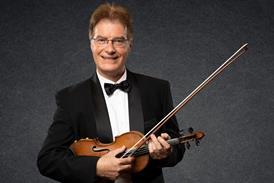




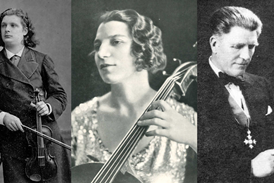



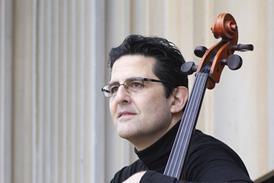
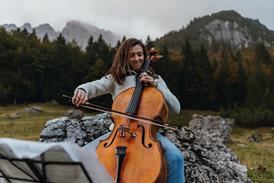
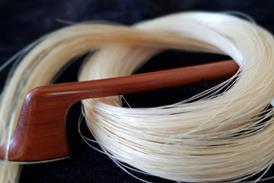
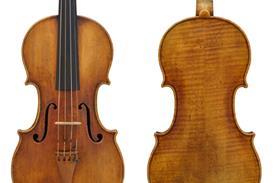

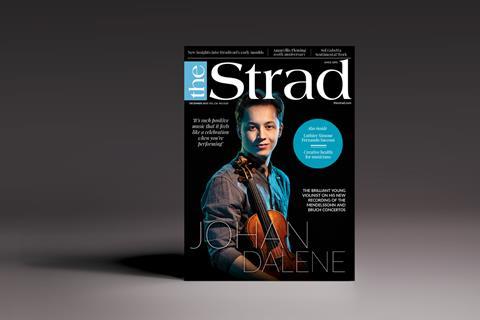


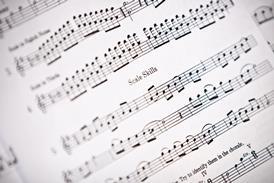
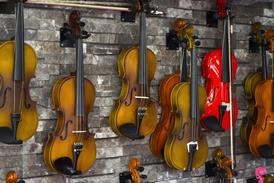

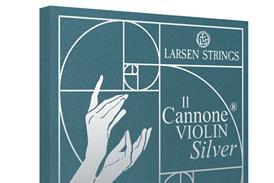
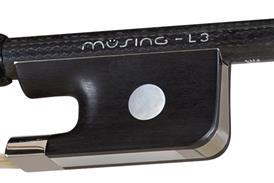
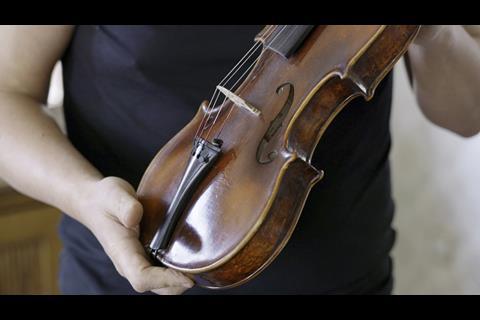
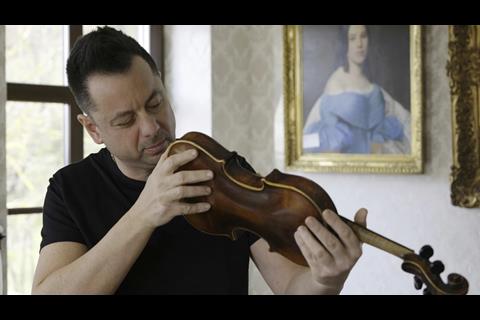
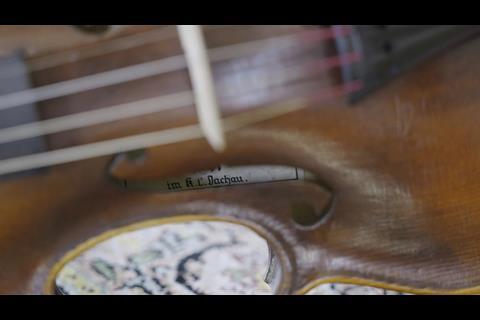
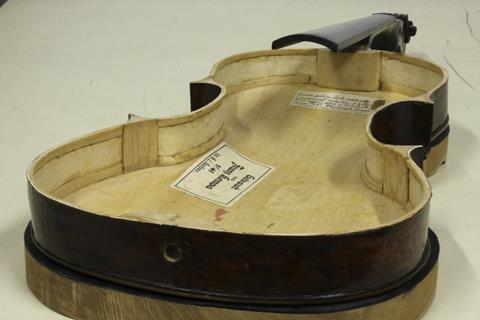
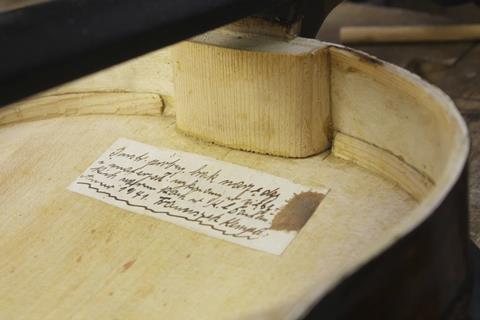
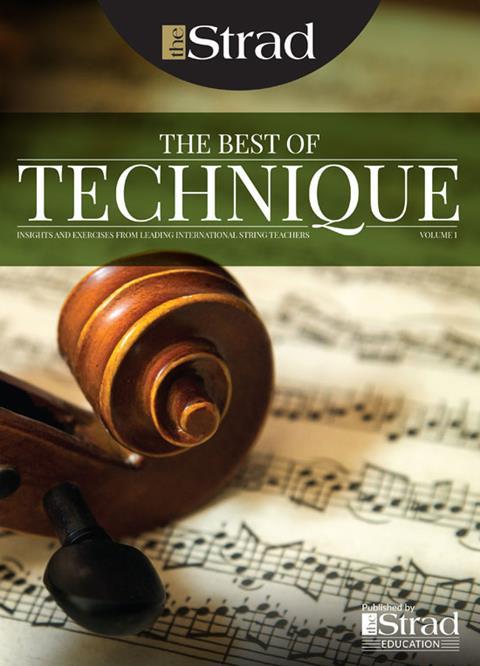
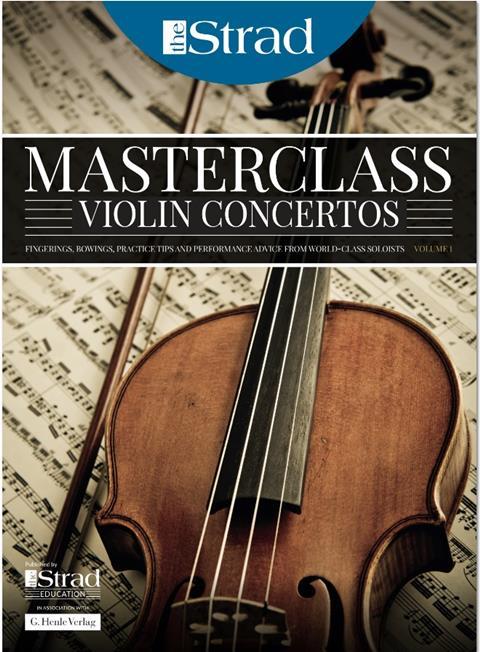
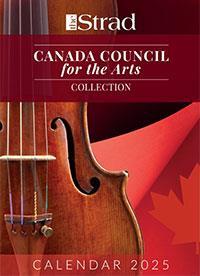
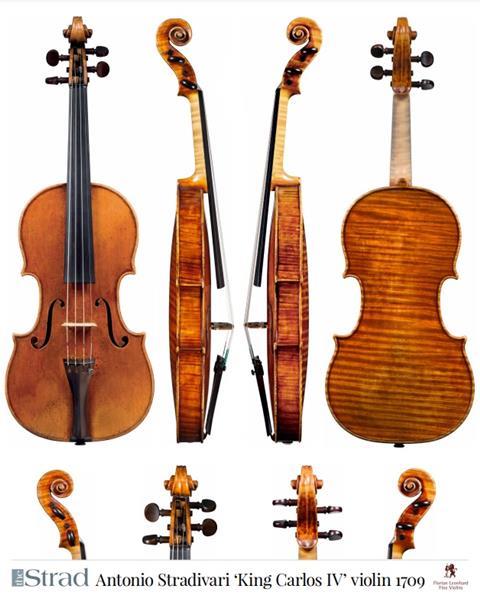
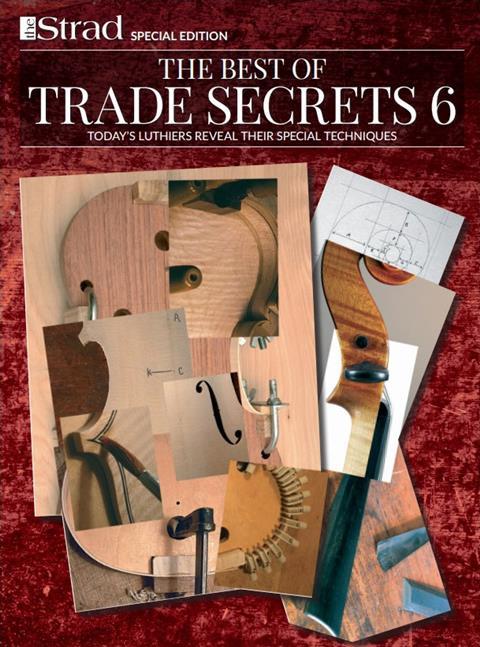
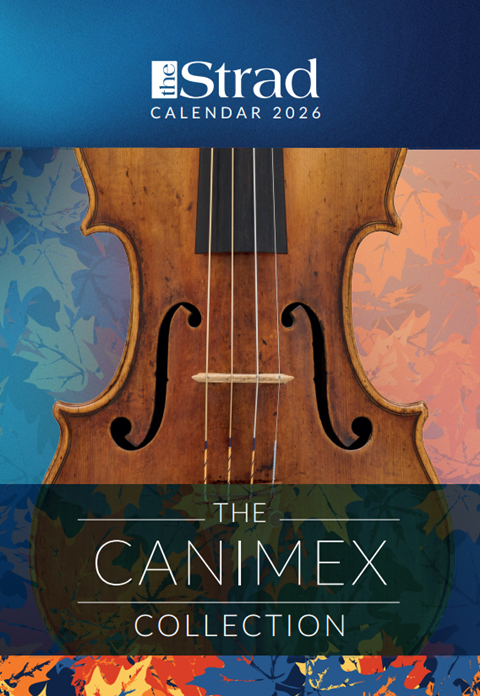
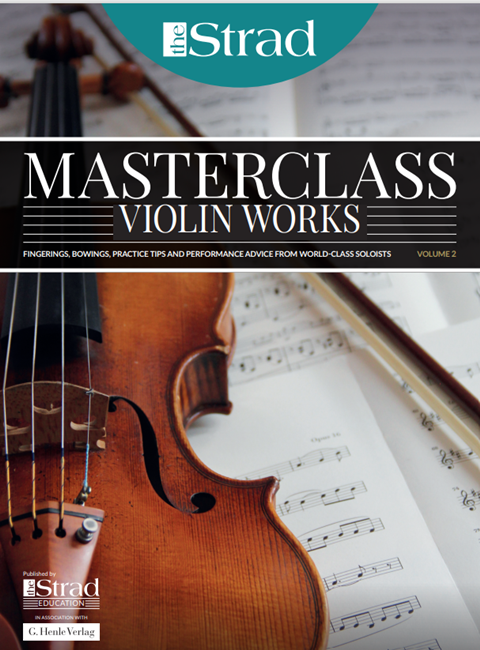
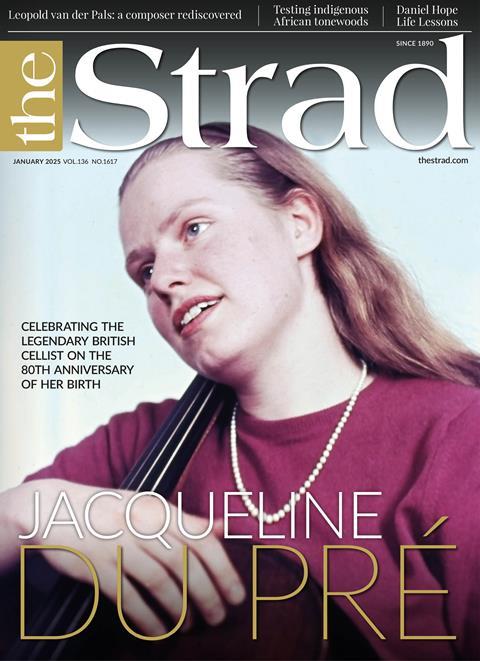

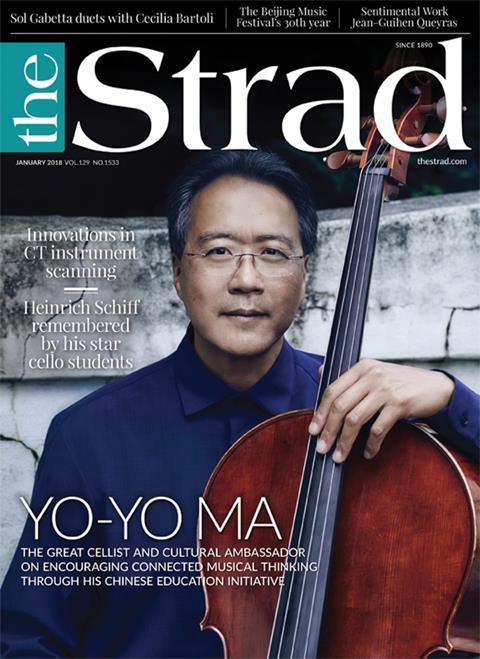












No comments yet